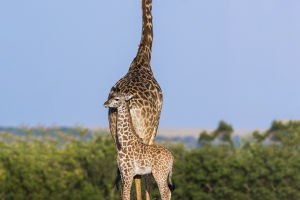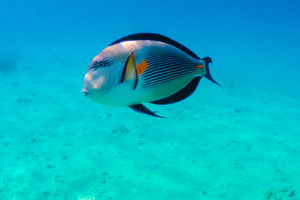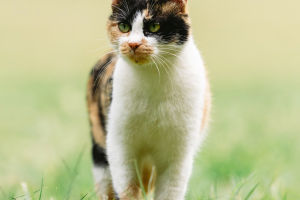Hummingbirds, the jewels of the sky, captivate us with their vibrant colors and amazing abilities. These tiny creatures, found only in the Americas, showcase nature's brilliance in a small package.
Diverse and Dazzling
There are about 320 species of hummingbirds. They range from the tiny bee hummingbird of Cuba, weighing just 1.95 grams, to the giant hummingbird of South America, measuring 20 cm. Many have shiny feathers that sparkle with bright colors, making them delightful to watch.
Aerial Acrobats
Hummingbirds are incredible flyers:
- They can hover, fly backwards, and even upside-down.
- Their wings beat up to 80 times per second in normal flight.
- During dives, wing beats can reach an astounding 200 per second.
This amazing flight ability comes from their special wing structure and strong flight muscles.
Supercharged Systems
To support their high-energy lifestyle, hummingbirds have some amazing body features:
- Heart rates can go over 1,200 beats per minute during flight.
- Their metabolism is so fast that they are constantly on the verge of starvation.
- They can enter a state of deep sleep at night to save energy.
Nectar Specialists
Hummingbirds mainly eat nectar and are perfectly adapted for it:
- Long bills help them reach deep into flowers.
- Their tongues can stretch twice the length of their bills.
- Their tongues act like pumps, lapping nectar at 3-13 licks per second.
Contrary to popular belief, they don’t suck nectar like a straw but lap it up quickly.
Protein Hunters
While nectar gives them energy, hummingbirds also need protein:
- They catch small insects and spiders in mid-air or from plants.
- Some species steal insects from spider webs.
This varied diet ensures they get all the nutrients they need.
Mighty Migrants
Many hummingbird species take on impressive migrations:
- Some travel over 3,000 miles twice a year.
- The ruby-throated hummingbird flies non-stop across the Gulf of Mexico.
- They can double their body weight before migration, storing fat for the journey.
Attracting Hummingbirds
To help these amazing creatures, consider making a hummingbird-friendly environment:
- Plant native nectar-producing flowers like bee balm and cardinal flower.
- Provide sugar-water feeders (1 part white sugar to 4 parts water).
- Avoid pesticides, which can harm both hummingbirds and their insect prey.
Ecological Importance
Hummingbirds play a crucial role in pollination, especially for plants that have evolved with them. As they feed, pollen sticks to their bodies and is transferred between flowers, helping plant reproduction.
Hummingbird Facts And More About The Smallest Bird Species
Video by Facts Net
Hummingbirds showcase the remarkable brilliance of nature. From their unique feeding methods to their extraordinary flight abilities, these tiny creatures consistently amaze both scientists and bird enthusiasts.
By understanding and appreciating these exceptional creatures, we can better protect and support their populations in our ever-changing world.


